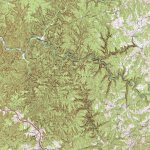KY Hiker
Bronze Member
- Oct 28, 2014
- 1,539
- 3,221
- Detector(s) used
- Whites
- Primary Interest:
- All Treasure Hunting
Swift was a mason and a member of the lodge in Alexandria. This alone sheds some light on the various journals and the possible symbolism used in them.
These symbols would reflect some of the ancient knowledge the masonic tradition passes on from generation to generation.
For a taste of this...
These symbols would reflect some of the ancient knowledge the masonic tradition passes on from generation to generation.
For a taste of this...
Amazon Forum Fav 👍
Last edited:




 Unless it meant the end by it being the last letter of their alphabet .
Unless it meant the end by it being the last letter of their alphabet .
